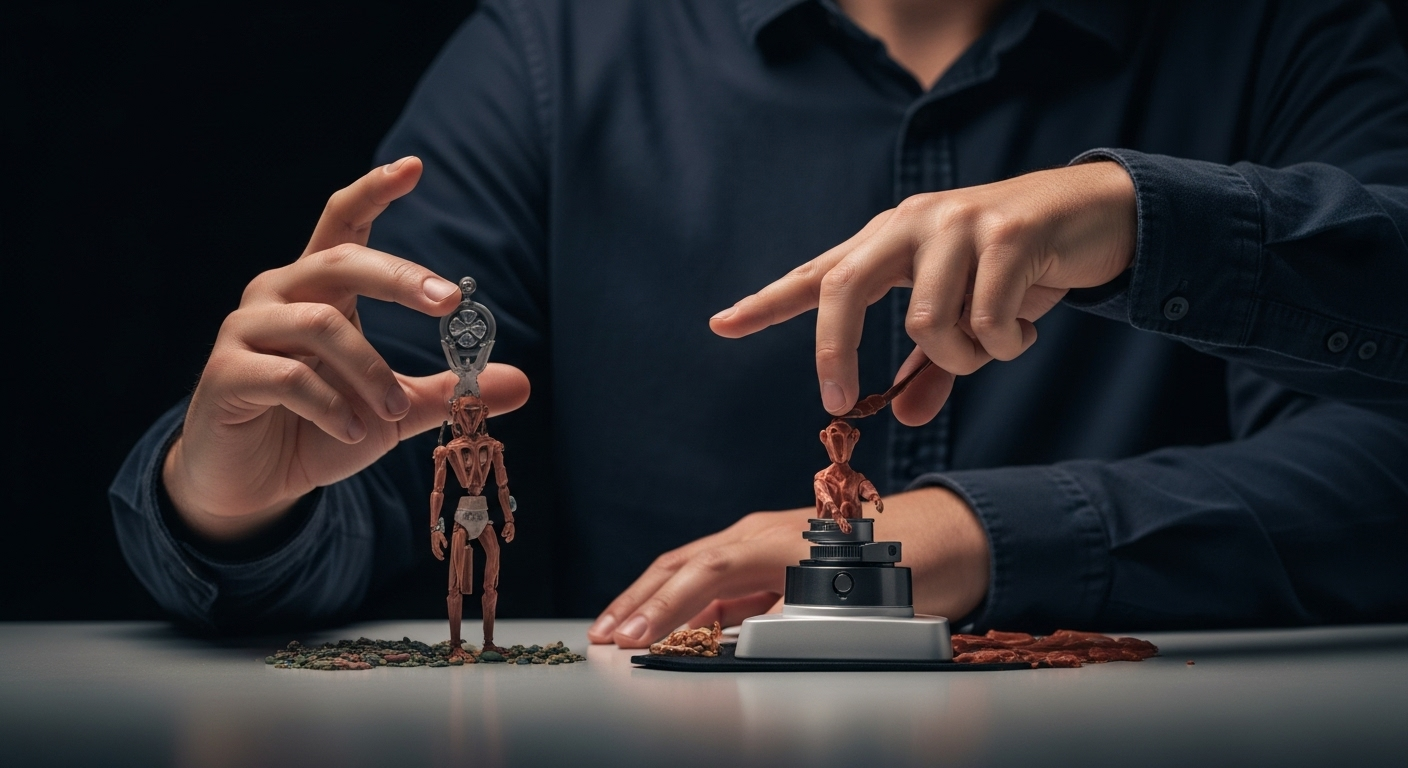How 3D Pens Work: Uses, Materials, and Tips for Beginners
A 3D pen is a handheld tool that extrudes heated or UV-cured plastic to draw three-dimensional objects by hand. It blends simple mechanics with creative freedom, allowing hobbyists, educators, and designers to sketch structures, repair models, or prototype shapes without a full 3D printer. This article explains how 3D pens operate, what materials they use, which projects suit them best, who benefits most, how to choose one, and how to start safely and effectively.

How does a 3D pen work?
A 3D pen operates like a miniature, handheld 3D printer: it feeds a filament through a heating chamber or a light-curing nozzle, then pushes softened or cured plastic out through a tip. The user controls extrusion speed and movement to lay down lines that harden into strands. Some pens use thermoplastic filaments that melt and solidify as they cool; others use photopolymer resins that set instantly under UV light. The mechanism typically includes a feed motor, a heating element or UV LED, and an exit nozzle, with user controls for temperature and speed on many models.
What materials do 3D pens use?
Most 3D pens accept common 3D-printing filaments like PLA and ABS, and some work with flexible filaments such as TPU. PLA is popular for beginners because it melts at lower heat, emits minimal odor, and is biodegradable; ABS is tougher but usually requires higher heat and better ventilation. Flexible filaments allow bendable creations. UV-curing pen systems use resin cartridges that harden when exposed to a built-in UV source. Always check a pen’s compatibility list before buying filament, because nozzle size and drive mechanism vary between models.
What projects can you create with a 3D pen?
Projects range from practical repairs to decorative art. Users make jewelry, miniature models, architectural accents, custom phone stands, and toys. Artists create layered sculptures or mixed-media pieces by combining pen-made elements with wood, fabric, or metal. Educators use pens for hands-on lessons about geometry and spatial reasoning. Because work is freehand, designs can be organic and unique, though complex mechanical parts may require planning or a temporary framework to build upon and remove afterward.
Who benefits from using a 3D pen?
A broad audience finds value in 3D pens. Hobbyists and crafters appreciate the immediacy and tactile control. Teachers and students use pens for STEAM activities that demonstrate three-dimensional concepts in classrooms. Designers and modelers use pens for quick mock-ups or to repair printed parts. Parents and kids enjoy supervised creative play, while makerspace patrons use pens as an accessible entry point to additive fabrication. Note that younger children should be closely supervised because of hot tips and moving parts.
How to choose the right 3D pen?
When selecting a pen, consider filament compatibility, temperature control, and extrusion speed. Adjustable temperature and speed let you fine-tune for different plastics and skill levels. Look for ergonomic designs for extended use and a reliable drive system to reduce jams. Decide between corded pens, which offer continuous power, and battery-powered pens for portability. Useful extras include replaceable nozzles, clear user interfaces, and safety features like automatic sleep modes. Read product reviews and check user forums to learn about real-world reliability before purchasing.
How to get started safely and effectively?
Begin by practicing simple lines and shapes on heat-resistant surfaces to learn flow and speed control. Use templates or wireframes to guide more complex forms; build flat layers and then join them to create depth. Always work in a well-ventilated area, avoid skin contact with the nozzle or freshly extruded hot plastic, and wear protective gloves if necessary. Supervise children and teach them to keep fingers away from the tip. Keep extra filament and spare nozzles on hand, and follow the manufacturer’s maintenance advice to prevent clogs and extend tool life. For classes or hands-on instruction, check local services or makerspaces in your area that offer workshops and supervised sessions.
In sum, a 3D pen is a versatile, accessible creative tool that bridges drawing and 3D fabrication. By understanding how they work, choosing materials thoughtfully, practicing basic techniques, and prioritizing safety, beginners and experienced makers alike can bring imaginative designs into the physical world with minimal setup and immediate results.






